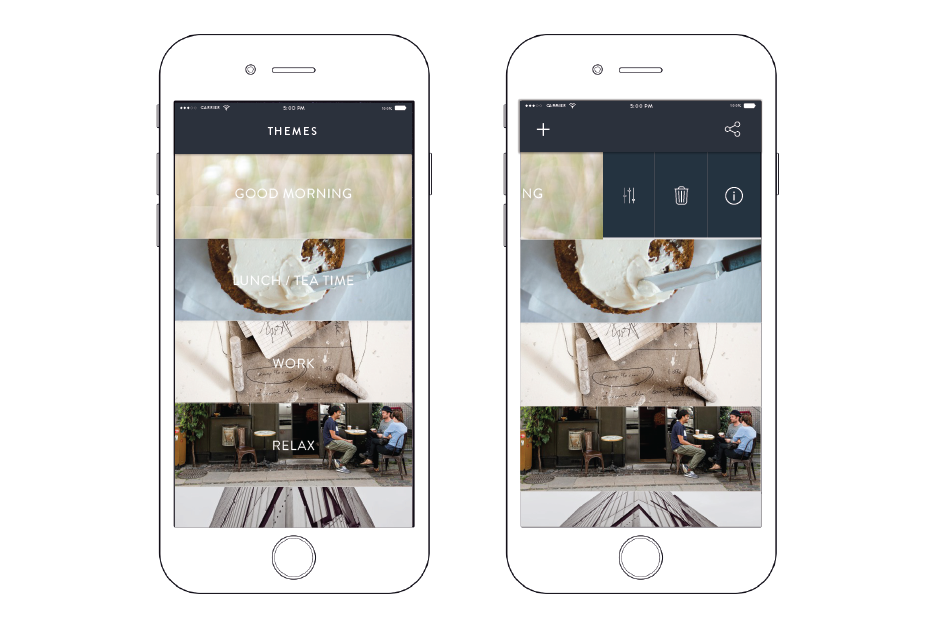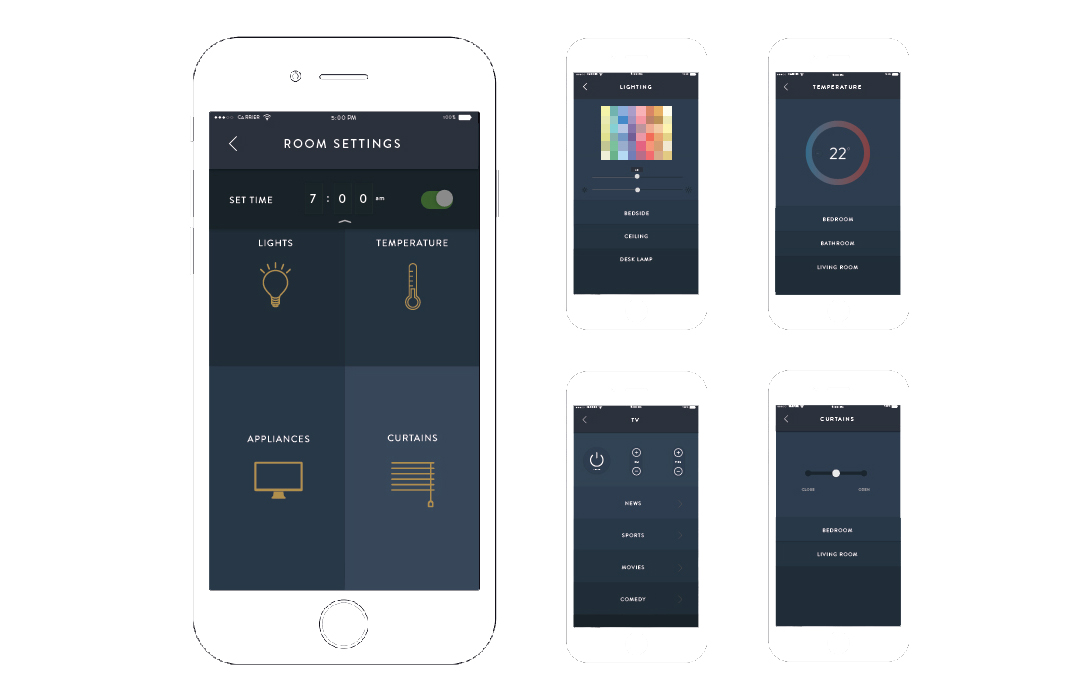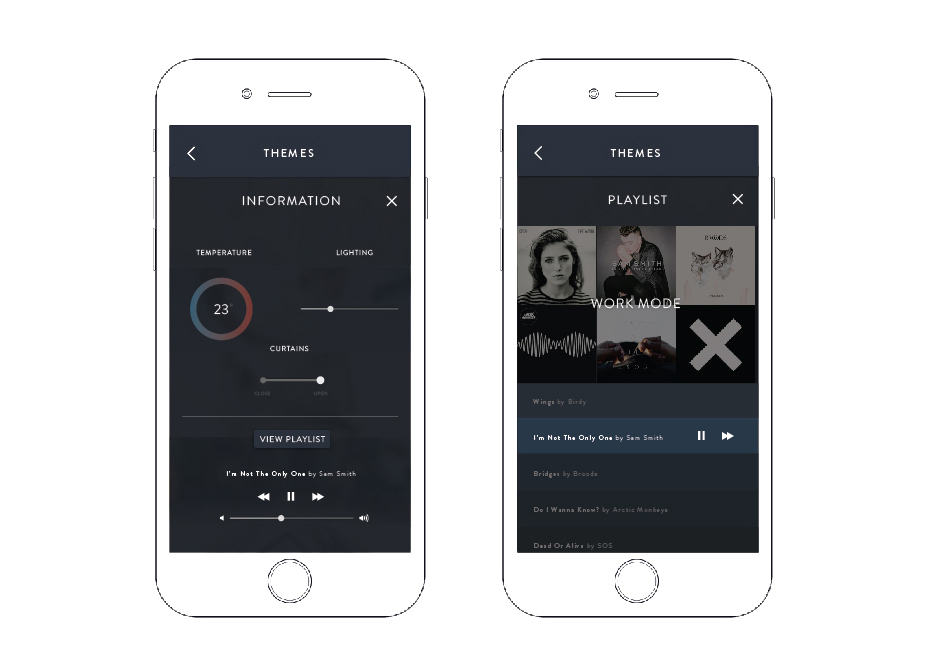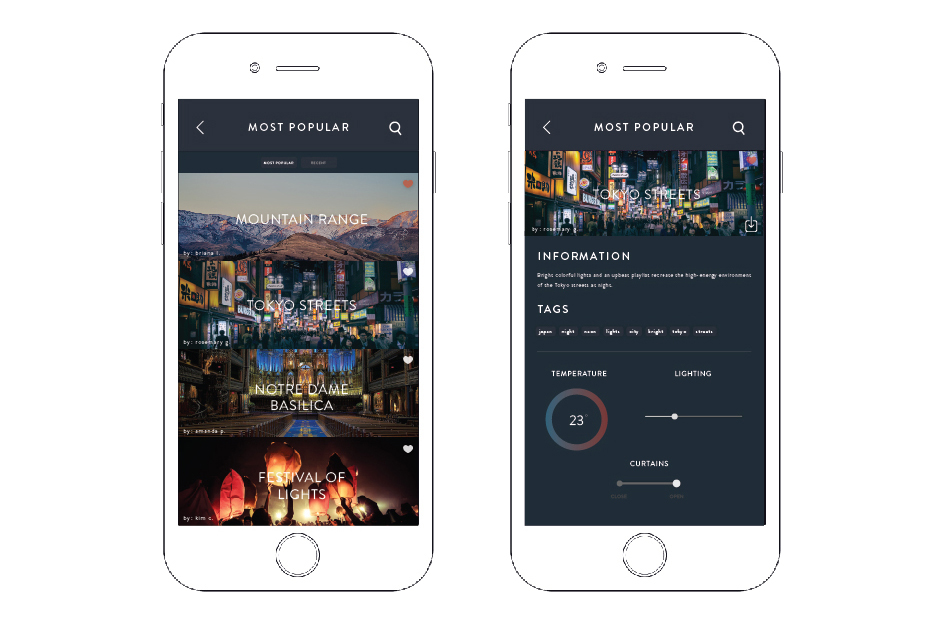Role
Client and Customer research, concept development, UX design, copy writing
Duration
5 weeks
Team
AJ Panghulan, Maheen Sohail, Kimberly Chan, Amanda Poh, Brianna Lee
Research
Shangri-La's strong principle of hospitality has caused them to lag behind their competitors in implementing new technology, since they are reluctant to surplant their staff.
By leveraging the power of interconnected devices and the Internet of Things Shangri-La would position themselves as a modern up-to-date company without compromising their traditional values.
We focused on business people since they comprised the majority of Shangri-La's customer base, and were likely to be repeat guests.
Road Warrior
The business man, a frequent traveller. More likely to use presets and alarms to make his rooms as automated and efficient as possible, or to mimic the settings of his own home or office.
Team Leader
In charge of a family, travel moderately often to not at all for leisure purposes. More likely to create custom themes using photos, or to download themes from the social media component.
Relaxed Traveller
Travelling alone or in couples for leisure. More likely to create custom themes using images, or download from social media in order to maximize the travelling "experience".
The Prototype




